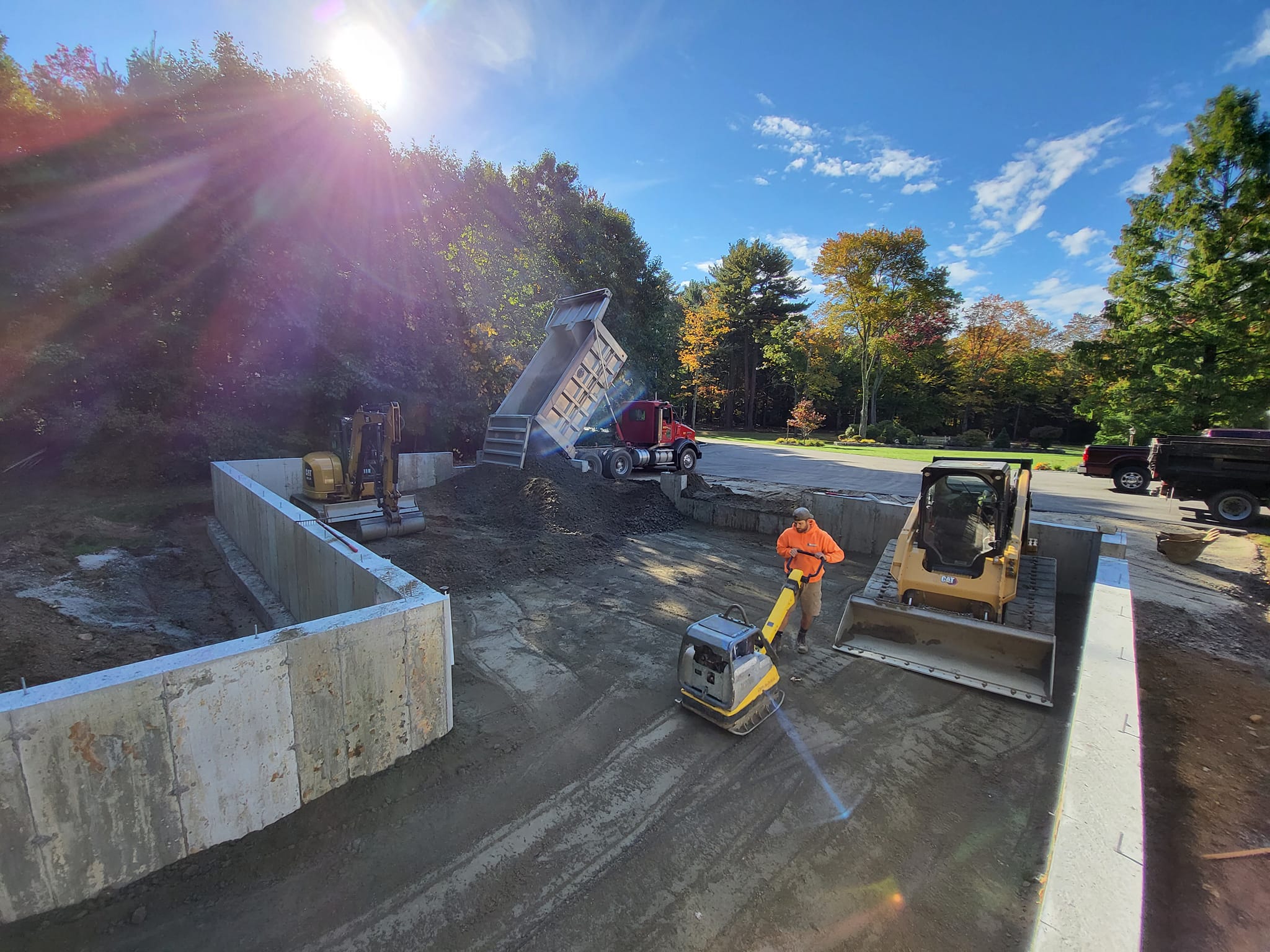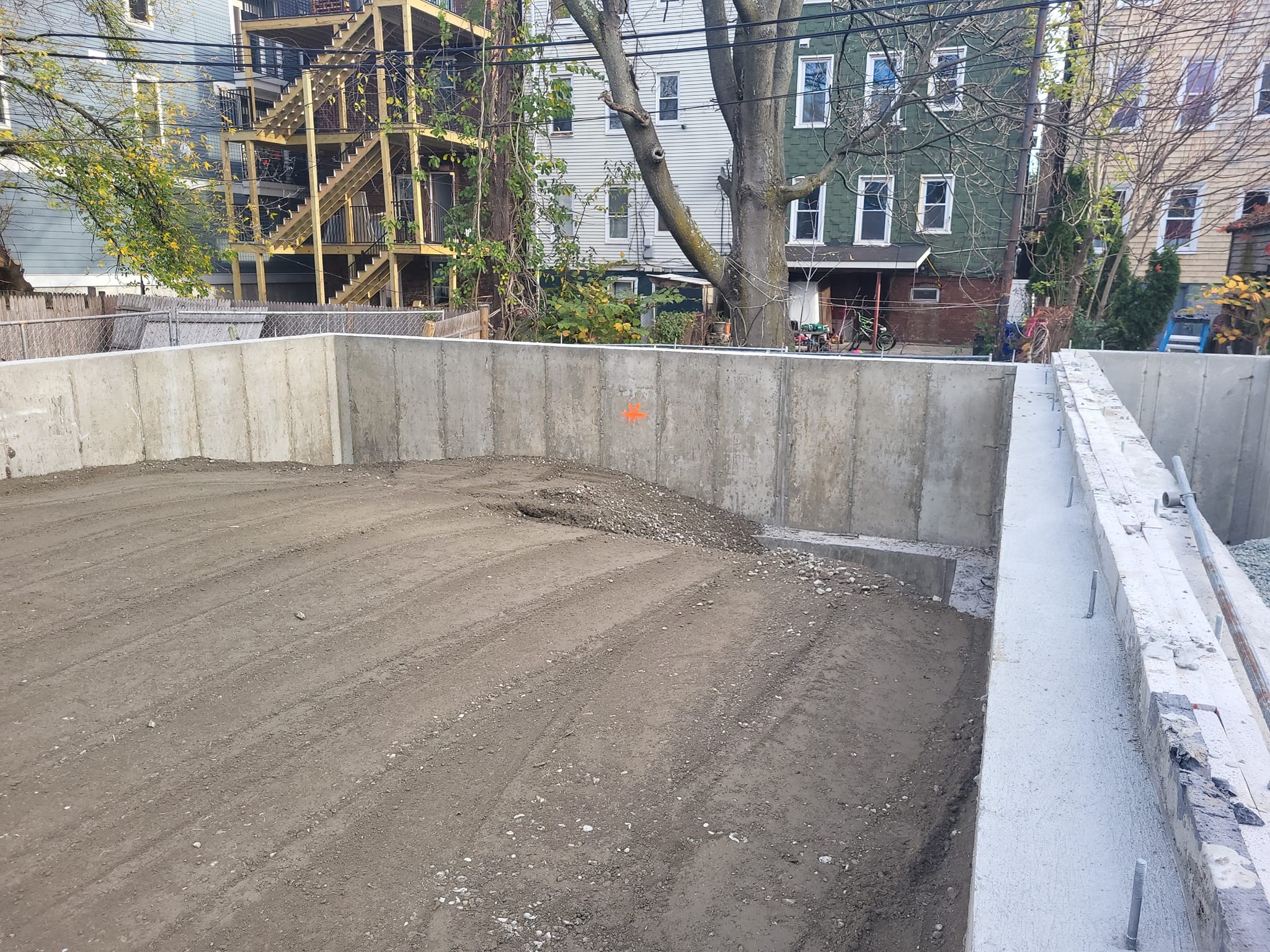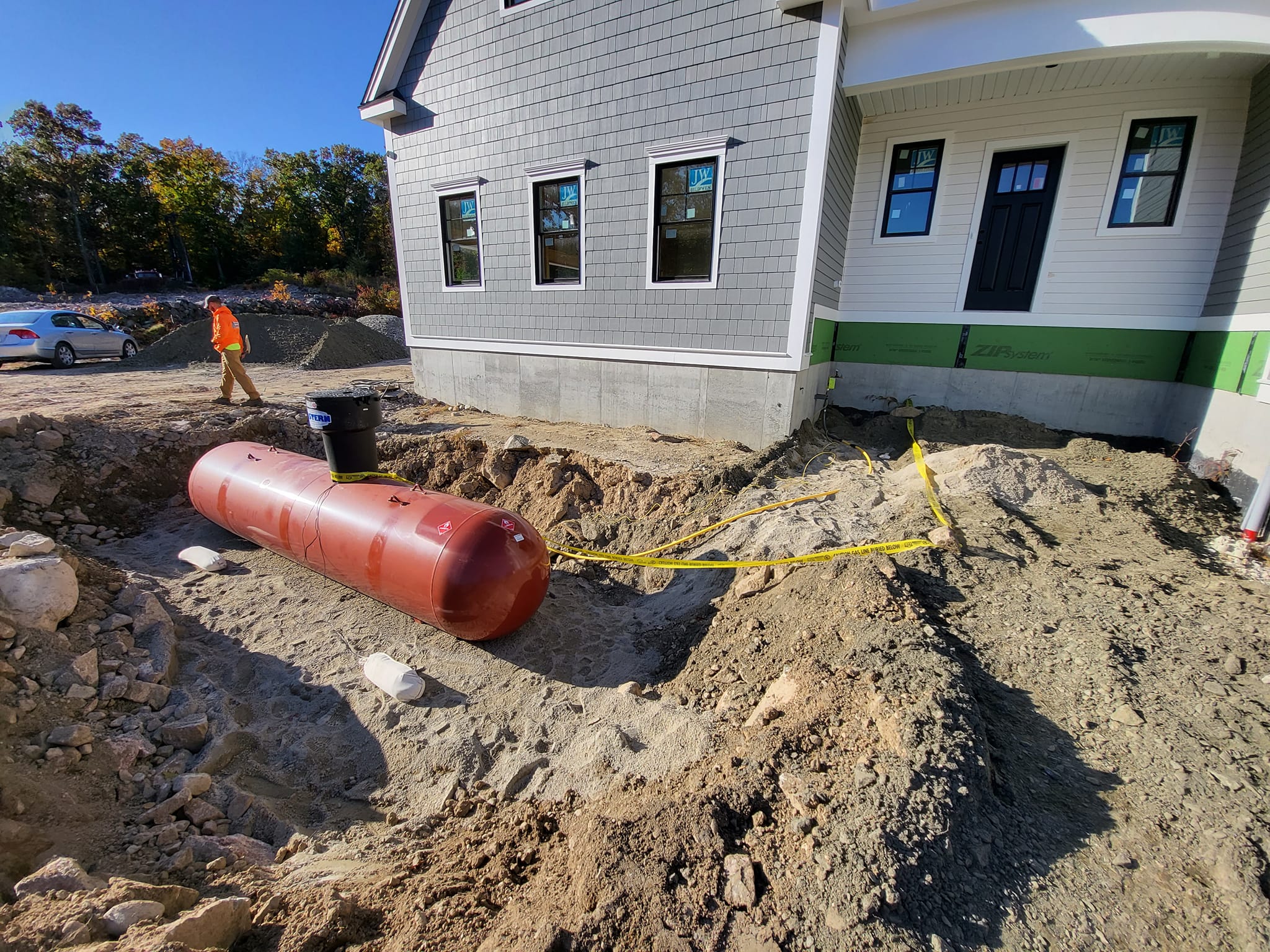The Art of Quality Concrete Foundation and Footing Installation
When it comes to constructing a sturdy and durable building, the importance of a quality concrete foundation and footing cannot be overstated. The foundation serves as the structural base that supports the entire weight of the building, while footings distribute the load evenly and prevent settling or shifting. In this blog, we will explore the key factors that contribute to a quality concrete foundation and footing installation, ensuring a strong and stable structure that withstands the test of time.
1. Thorough Site Preparation A quality concrete foundation and footing installation begins with thorough site preparation. The site should be properly cleared of vegetation, debris, and any loose or unstable soil. Excavation should be carried out to the correct depth and shape, ensuring that the ground is level and compacted. Adequate drainage measures should be implemented to prevent water accumulation and soil erosion, as these can compromise the stability of the foundation.
2. Professional Design and Engineering Design and engineering play a crucial role in the quality of a concrete foundation and footing installation. Professional engineers and architects carefully evaluate the structural requirements of the building and soil conditions to determine the appropriate foundation design. Factors such as building loads, soil bearing capacity, and seismic considerations are taken into account to ensure the foundation's strength and stability.
3. Proper Reinforcement and Formwork Reinforcement and formwork are essential components of a quality concrete foundation and footing installation. Reinforcing steel bars (rebar) are strategically placed within the concrete to enhance its strength and prevent cracking or shifting under load. The correct size, spacing, and positioning of rebar should be followed according to engineering specifications. Additionally, formwork provides the temporary structure that holds the concrete in place during the pouring and curing process, ensuring proper alignment and shape.
4. High-Quality Concrete Mix and Placement Using a high-quality concrete mix and ensuring proper placement is vital for a quality foundation and footing installation. The concrete mix should meet or exceed the required strength specifications, and the proportions of cement, aggregates, and water must be accurately measured. During the pouring process, care should be taken to evenly distribute the concrete, avoiding segregation and ensuring thorough compaction. Proper vibration techniques help eliminate air pockets and achieve a dense, homogeneous structure.
5. Adequate Curing and Moisture Control Curing is a critical phase in the concrete installation process that directly impacts its strength and durability. Adequate curing involves maintaining proper moisture levels and temperature conditions to allow the concrete to fully hydrate and gain strength. Moisture control is essential to prevent rapid drying or excessive moisture loss, which can lead to cracking or weakened concrete. Curing methods such as water curing, curing compounds, or insulated blankets should be employed as per industry best practices.
6. Regular Quality Control and Inspections To ensure the highest standards of quality, regular quality control and inspections should be conducted during and after the concrete foundation and footing installation. Qualified professionals should monitor the entire process, from excavation to curing, to ensure compliance with design specifications and industry standards. Inspections help identify any defects, deviations, or potential issues that may affect the integrity of the structure. Timely corrective measures can then be taken to address these concerns.
A quality concrete foundation and footing installation are crucial for the structural integrity and longevity of any building. By prioritizing thorough site preparation, professional design and engineering, proper reinforcement and formwork, high-quality concrete mix and placement, adequate curing and moisture control, and regular quality control and inspections, we can establish a strong and stable foundation. Building upon this solid base ensures the structural integrity of the entire building, providing peace of mind and safety for its occupants for years to come. Here at Bussey, we aim to meet or exceed your expectations across all of these categories. Please feel free to reach out for more information.



